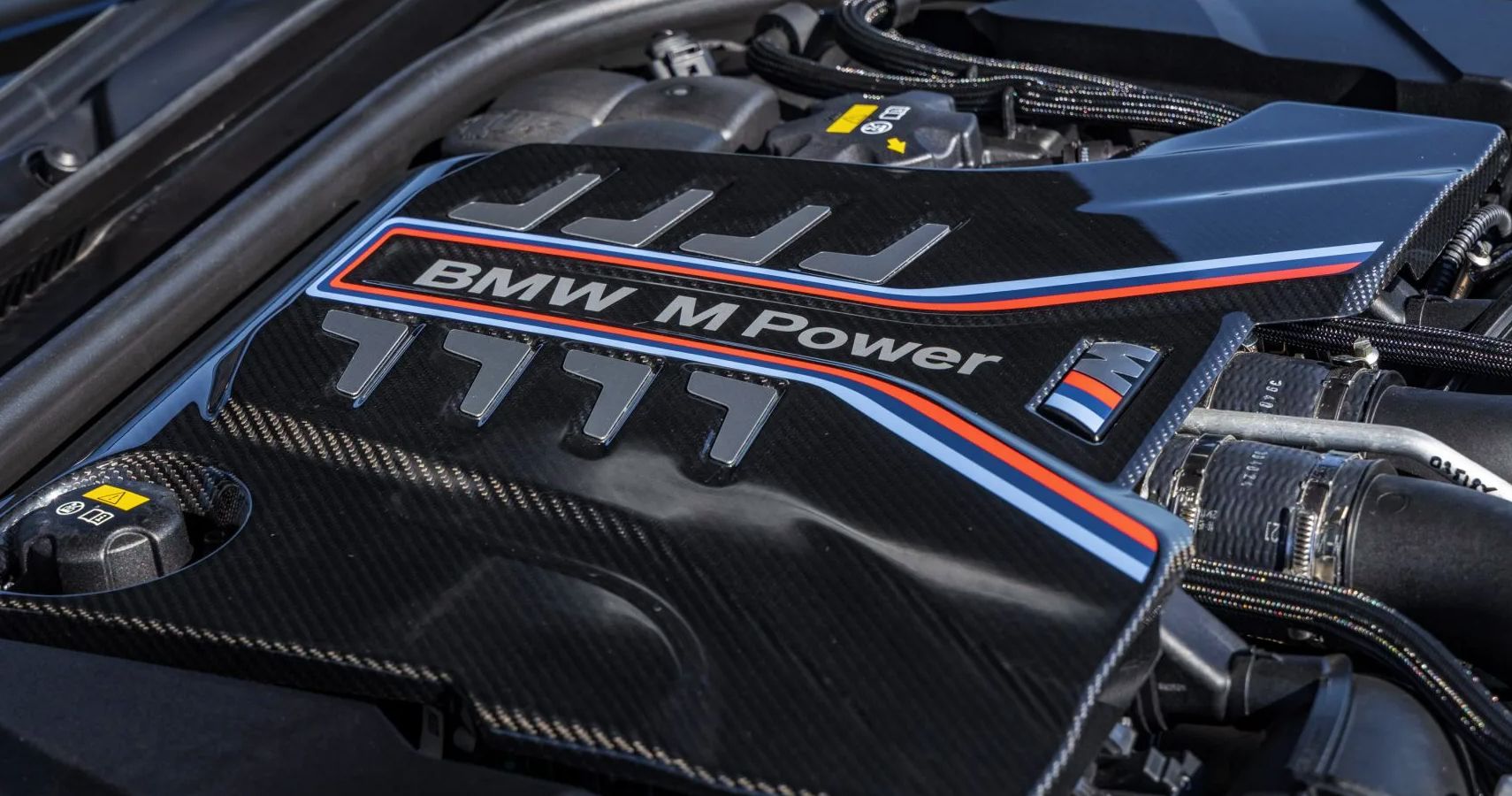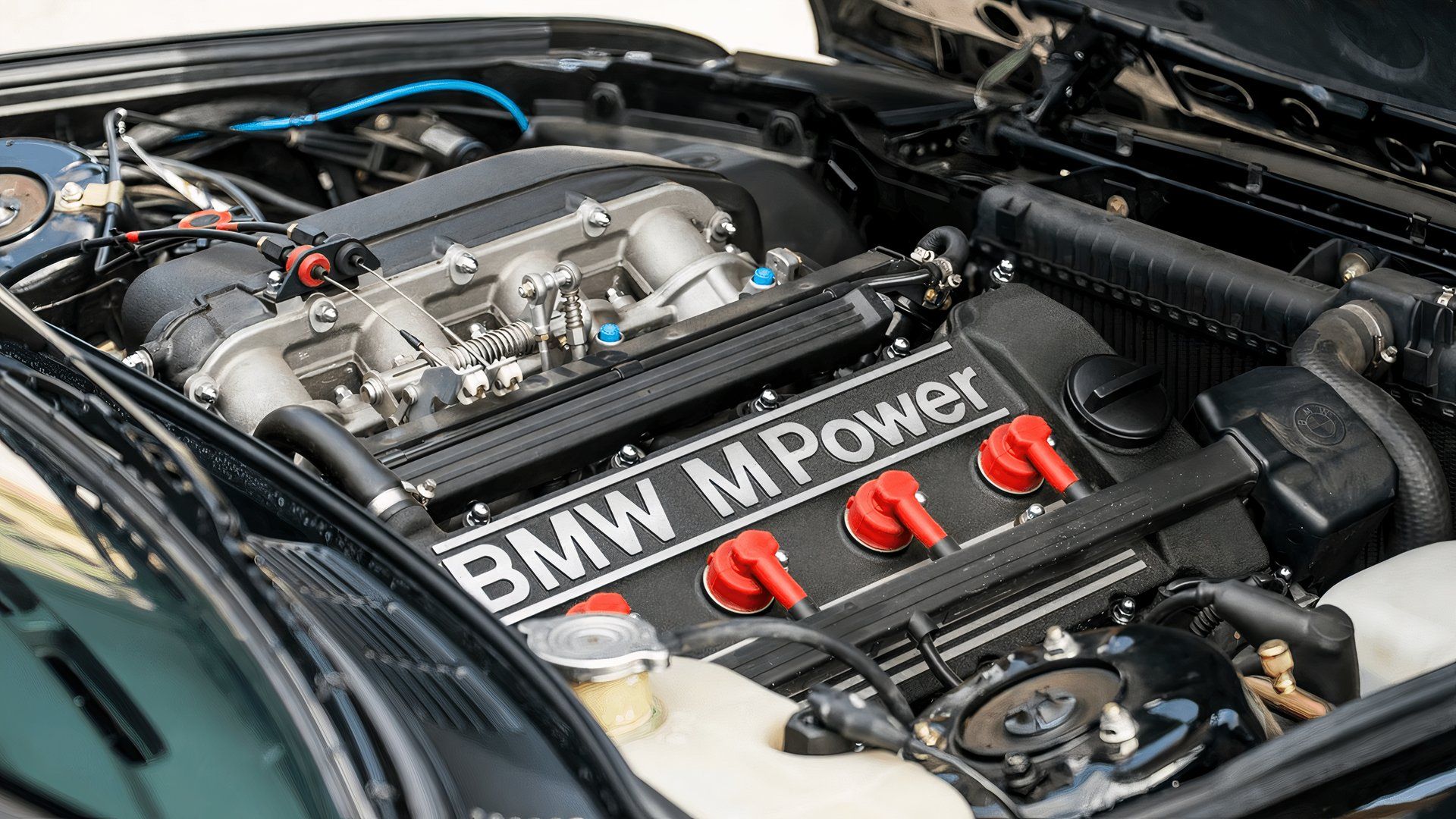The Advancement of the BMW Engine: A Recall at Iconic Models
Wiki Article
Checking Out the Development of Burning Engines in Modern Transport Solutions
As we navigate the landscape of modern transport, the evolution of combustion engines stands as a testament to human resourcefulness and engineering prowess. From their modest beginnings to the sophisticated giants propelling vehicles today, combustion engines have undergone a remarkable trip of advancement and adjustment. Comprehending the ins and outs of this development not just sheds light on the past yet likewise leads the way for visualizing what lies in advance in the realm of transport technology. The interplay of history, modern technology, and ecological problems fit the trajectory of combustion engines develops a narrative that is both engaging and informative.Early Beginnings of Combustion Engines
Just how did the idea of combustion engines very first emerge in the beginning of transport advancement? The origins of combustion engines can be mapped back to the 17th century when the principles of internal combustion were first checked out. In 1673, Christian Huygens conceived a fundamental inner combustion engine that made use of gunpowder to generate power. Nonetheless, it wasn't up until the late 19th century that practical applications of burning engines in transport began to arise.The advancement minute came with the invention of the very first effective gasoline-powered engine by Karl Benz in 1885 - bmw engine. This engine led the method for the advancement of the modern-day automobile, reinventing transport systems worldwide. Succeeding advancements by Nikolaus Otto and Gottlieb Daimler additionally improved combustion engine innovation, bring about the automation of autos and the fast expansion of the transportation market
These very early burning engines were characterized by their simplicity and efficiency, laying the foundation for the complex and effective engines made use of in modern-day transport systems. The advancement of burning engines has actually contributed fit the method we travel and carry products, marking a significant milestone in the history of transport growth.
Change to Internal Combustion Technology
The change to inner burning innovation noted a critical shift in the evolution of transport systems. This shift began in the late 19th century, with inventors like Nikolaus Otto and Gottlieb Daimler creating the initial successful internal burning engines. These engines changed transport by using an extra effective and powerful option to steam engines and electrical motors.Among the crucial benefits of interior combustion engines was their capability to be scaled down to fit right into lorries, causing the advancement of cars and motorcycles. This shift from bulky, fixed engines to small, mobile ones led the means for the contemporary transport systems we see today.
The change to interior burning modern technology likewise spurred improvements in fuel modern technology, causing the advancement of gasoline and diesel as key gas resources for automobiles. This shift not only made transport a lot more easily accessible to the masses but additionally laid the foundation for the oil and gas sector to become indispensable to global economies.
Influence of Combustion Engines on Transport
The adoption of combustion engines in transportation systems catalyzed an extensive change in the effectiveness and speed of international wheelchair. Combustion engines changed transportation by providing a flexible and reliable resource of power for my response various cars, consisting of automobiles, vehicles, airplanes, and ships. This development substantially enhanced the capability for individuals and items to move over long distances in shorter timespan, causing boosted connection in between regions and countries.Furthermore, the widespread use of combustion engines has actually had a significant effect on economic growth. The capability to move products effectively has actually stimulated trade and commerce, enabling businesses to broaden their markets and get to consumers worldwide. This has assisted in financial development and globalization, as items can currently be delivered quicker and in bigger quantities than ever previously.
However, the environmental influence of burning engines can not be ignored. The combustion of fossil fuels has actually caused air pollution and greenhouse gas emissions, adding to environment change and posing wellness dangers to populations. bmw engine. Therefore, there is an expanding emphasis on creating alternate propulsion innovations to mitigate these adverse impacts and create an extra sustainable future for transport
Advancements in Combustion Engine Layout
One remarkable innovation is the development of turbocharged engines, which utilize exhaust gases to drive a wind turbine that presses inbound air, permitting for even more fuel to be scorched, resulting in raised power result without a substantial boost in engine size. Variable shutoff timing systems have actually additionally reinvented engine style by enhancing airflow at different engine rates, boosting both power and effectiveness. These advancements jointly contribute to the continuous improvement of combustion engines in contemporary transport systems.Future Patterns in Combustion Engine Advancement
With innovation innovations driving continual innovation, the future of burning engine development is poised to transform transportation systems globally. Among the vital patterns in combustion engine development is the push towards better effectiveness and reduced exhausts. Makers are investing greatly in r & d to improve engine efficiency while satisfying stringent ecological regulations. This consists of the integration of sophisticated fuel shot systems, improved turbocharging techniques, and the use of lightweight products to optimize gas consumption and minimize carbon emissions.One more noticeable trend is the fostering of crossbreed technologies in burning engines. Crossbreed engines combine conventional burning technology with electric power, using boosted fuel efficiency and lower discharges. As the auto industry shifts in the direction of electrification, crossbreed burning engines are seen as a transitional service that connects the void between conventional cars and completely electrical ones.
In addition, the integration of smart innovations, such as expert system and data analytics, is expected to play a considerable function in the future of burning engine advancement. These innovations can maximize engine efficiency in real-time, bring about extra efficient burning procedures and boosted total vehicle performance. Embracing these future trends will certainly not only drive technology in combustion engine development however additionally add to an extra lasting and eco friendly transport ecosystem.

Verdict
Finally, the evolution of combustion engines in contemporary transport systems has been noted by significant advancements in technology and design. From the early starts of burning engines to the click for info shift to internal burning technology, these engines have actually had an extensive effect on transport. Advancements in burning engine you can try this out style remain to drive progress in this field, with future fads concentrating on more improving efficiency and reducing emissions. The future of burning engines in transport looks appealing as r & d initiatives proceed to push boundaries.The roots of combustion engines can be mapped back to the 17th century when the concepts of inner burning were initial checked out. These engines reinvented transport by supplying an extra powerful and efficient alternative to heavy steam engines and electric motors.

Report this wiki page